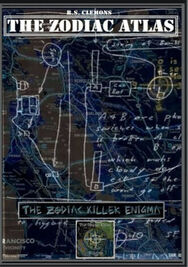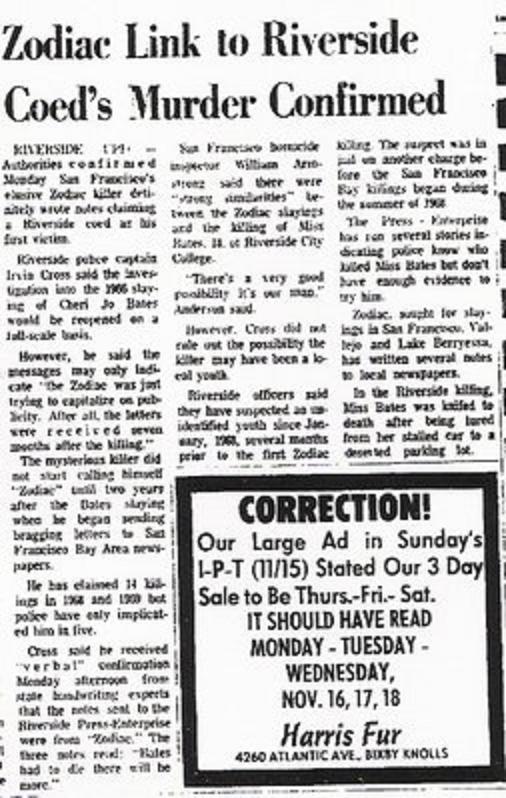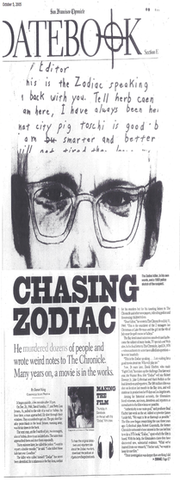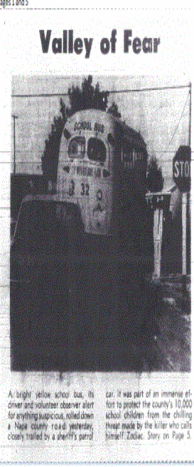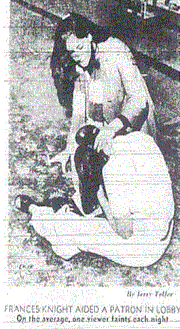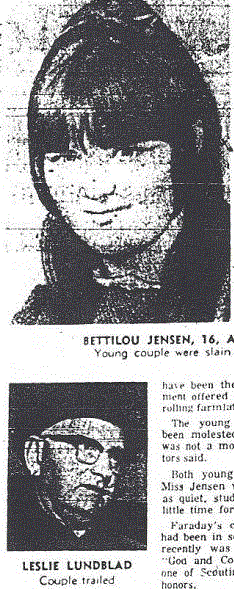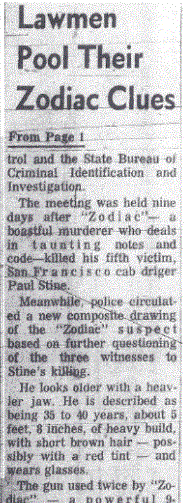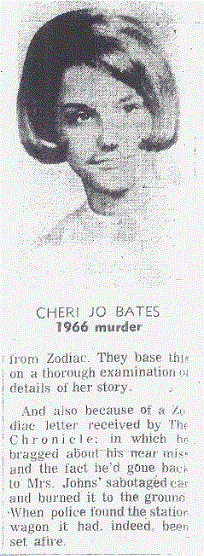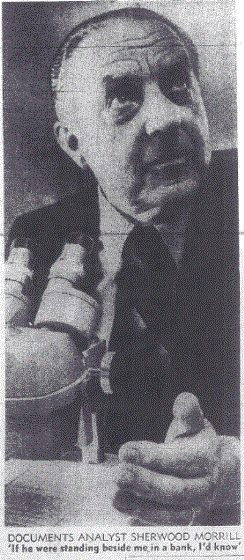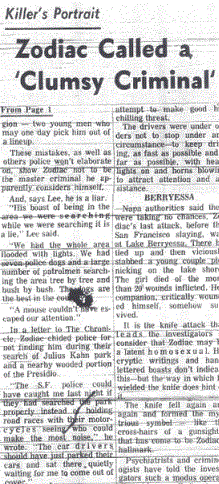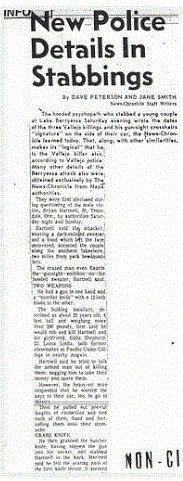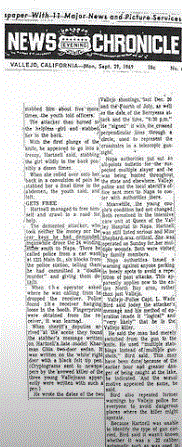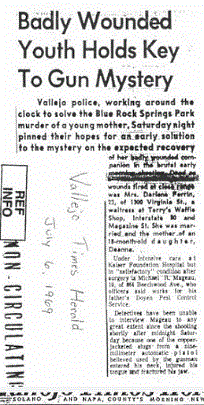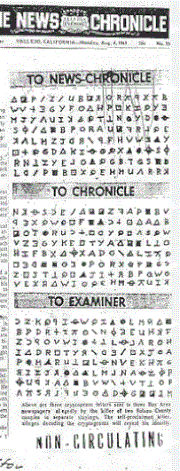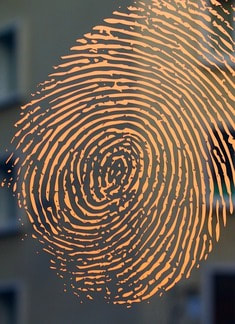
Let us assume for a moment that the partial bloody fingerprint was the Zodiac Killer's, and was of sufficient ridge detail to eliminate suspects. How many people with an unwavering belief in a particular suspect, or who had written a book naming a suspect, would want this assumption to be correct? If your suspect is Kjell Qvale, then the idea that this fingerprint was Zodiac's and had enough ridge detail to eliminate your suspect, is simply too unsettling to consider. Therefore, it's in your best interests to discredit the fingerprint as originating from Zodiac at all costs. Never could you declare it was a genuine Zodiac Killer print, because your book has the potential to go up in flames. Effectively your position is cemented from the get-go. If the bloody print doesn't eliminate your suspect, then that is the ideal scenario and everything is great. However, why risk the possibility that it could eliminate your suspect when it is far easier to discredit or question the fingerprint and keep your suspect in the frame for murder (hopefully indefinitely). Whichever scenario unfolds doesn't matter, because you have crafted for yourself a no lose strategy. You have essentially created your own firewall of protection.
The teenagers across the street from the crime scene stated that nobody approached the taxicab in the time between Zodiac leaving the scene and the arrival of Officer Armond Pelissetti. When Pelissetti arrived, he claimed he saw the bloody fingerprints on the left side of the taxicab, stating "I seen the bloody prints as I approached the cab - I mean, it was totally visible". This was before the arrival of any other people, such as emergency personnel, additional police units, reporters and bystanders. However, if you choose to discredit the bloody fingerprints, then you have to consider the possibility that Officer Armond Pelissetti was mistaken or lying, police had no protocol for securing a crime scene, ambulance crews had reason to attend to the stricken Paul Stine - and then having done so - travel around the taxicab and check what size shoes he was wearing, depositing their bloody fingerprints on the taxicab exterior in absence of any gloves (that one would assume was imperative at a crime scene). If you fear these partial fingerprints ruling out your suspect, then it is probably circumspect to believe that the whole crime scene was a circus of wandering individuals following no rules whatsoever. If you believe these fingerprints were left by the killer and were to find they subsequently ruled out your suspect, then it is very difficult to employ a sprinkling of revisionism later, and now disingenuously declare the fingerprints invalid rather than your suspect. The bitter pill of being wrong is usually too hard to swallow, so it's probably best to hedge your bets and discredit them first.
The real question is, if the fingerprints have enough ridge detail to be declared partial, or were deposited by the Zodiac Killer, would this possibility become too unpalatable to consider for certain people, when it could conceivably bring about the downfall of the suspect you have so carefully crafted over many years? Isn't it better to discredit the fingerprints first, then in the unlikely event the fingerprints don't eliminate your suspect, you can claim the spoils either way. The progression of crime fighting tools with the advent of DNA testing has made little impact in the Zodiac case. They are the new and improved fingerprint, but the same rules apply. Make sure you get your excuses in early - and if by some miracle a DNA fingerprint is procured from a stamp or envelope seal and rules out your charge - claim your suspect knew that biological material could be incriminating (or one day more so), or claim he didn't like the taste of glue from the stamps or envelopes, thereby recruiting random (can't remember) acquaintances to do the task for him - but above all - never accept a result will ever prove anything.
If a piece of Paul Stine's shirt was mailed, along with his driver's license in a letter postmarked 1990, then you would expect that the majority of individuals would relinquish or question their indefatigable belief that Ross Sullivan and Earl Van Best Jr were the Zodiac Killer (and other suspects depending on the date of the communication). That would be a mistake. Their first thought would not be, let's examine the mailing and side with the preponderance of evidence. Their first thought would be, let us do everything humanly possible to discredit the mailing at all costs. An admission of being wrong, simply a step too far for some individuals. The inability to accept we may be wrong has become an inescapable feature of the Zodiac case, whereas it should be viewed as a strength. Whether it be fingerprints, DNA or hard circumstantial evidence, for some the case will never be closed. Unless of course, it points to their suspect and no other.





 RSS Feed
RSS Feed



